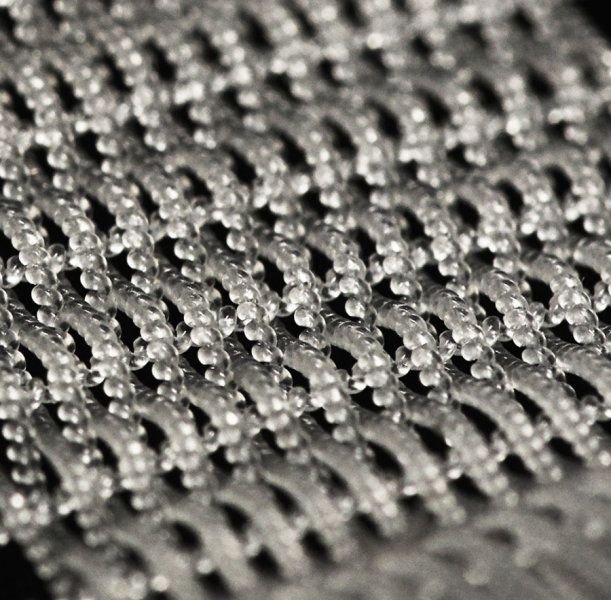Sep 27, 2016
Mobile breath analyzer checks oral hygiene on the go
Posted by Shane Hinshaw in categories: biotech/medical, health, mobile phones
These days there are a quite a few high-tech ways to keep our oral hygiene in check, from toothbrushes that track your technique to smart floss dispensers that encourage healthy habits. Mint is the latest connected solution to hit bathrooms and beyond, and is said to detect signs of gum disease and poor oral hygiene on your breath in the space of a few seconds.
Developed by Breathometer, the same company behind the smartphone-based breathalyzer we covered back in 2013, Mint is small handheld device that hooks up with iOS and Android smartphones to check in on the state of affairs inside your mouth. After a successful Indiegogo campaign in March 2015 and some good attention at the CES conference that same year, the device has finally started shipping today.
A sensor array inside the device measures the volatile sulfur compounds (VSCs) in your breath. Studies have shown these to be key culprits behind bad breath, but their presence might do more than send your significant other running in the other direction. They can also be indicative of gum disease and poor oral health.


















